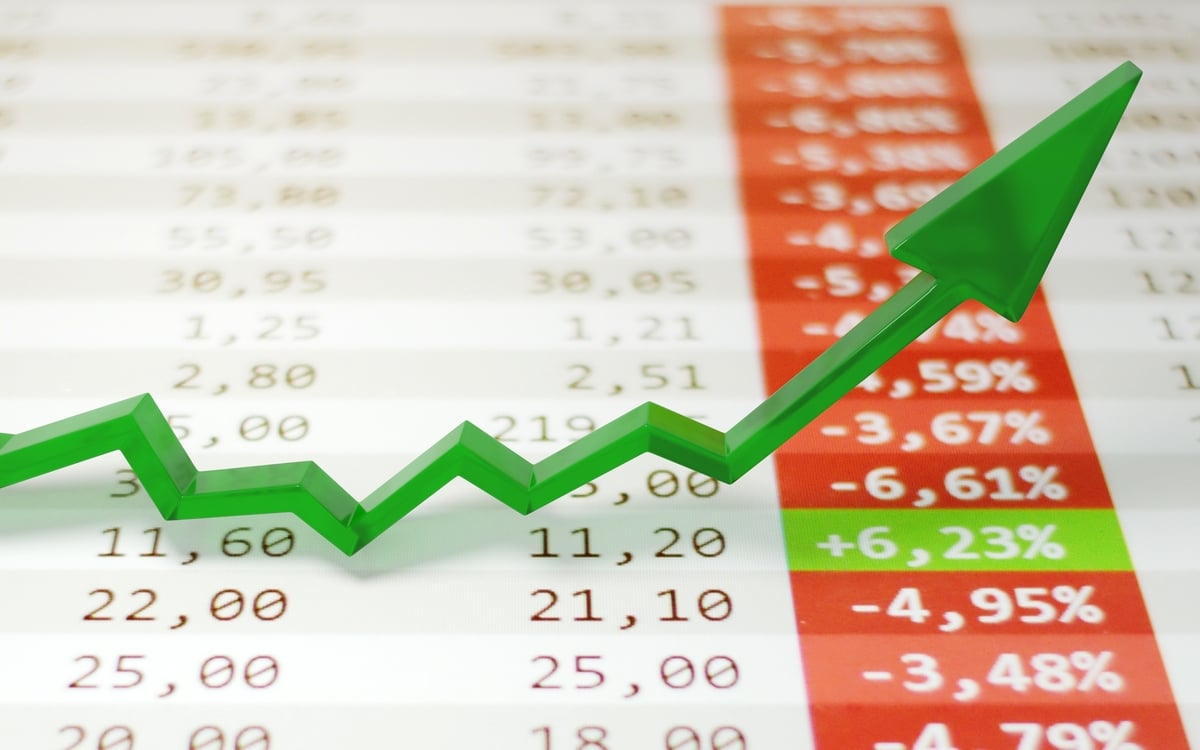Since last Friday, shares of the popular online brokerage Robinhood (HOOD +1.66%) had surged 13%, as of 12:36 p.m. ET Thursday. Investors believe the company will soon join the S&P 500 (^GSPC 0.02%).
A big potential upcoming step
Bank of America analysts led by Craig Siegenthaler said in a report this week that Robinhood is a "prime candidate" to join the broader benchmark S&P 500 index, which includes 500 of the largest companies in the U.S. with an unadjusted market cap of at least $20.5 billion, as of January 2025. The rebalancing is expected to be announced after the market closes tomorrow. Inclusion into the S&P 500 tends to be bullish because funds that track the index will have to purchase Robinhood, likely leading to significant inflows.

Image source: Getty Images.
"The S&P 500 and Russell 1000 are the two major benchmarks for our large-cap long-only clients," the Bank of America analysts said in their note, according to Bloomberg. "When companies are added, we experience significantly higher interest from long-only portfolio managers, which are essentially now forced to cover them and make a call."

NASDAQ: HOOD
Key Data Points
Robinhood pioneered commission-free trading, which is now common practice among almost all major brokerages, and expanded access to investing for smaller, retail investors. The platform has become the go-to trading post for retail traders. At the end of April, Robinhood had close to 26 million funded customers and $232 billion in platform assets.
Is the stock a buy?
In the first quarter of 2025, Robinhood grew earnings by 114%. I am also impressed by the company's ability to execute its product road map. Robinhood's Gold membership offers an impressive 3% cash back on its Gold card, the ability to earn competitive interest on deposit balances, and annual matches on individual retirement account contributions.
Robinhood has really become a compelling one-stop shop for many banking needs, all bundled together in a sleek and easy-to-use digital platform. Currently trading at 51 times forward earnings, the stock is undoubtedly expensive, so I'd start by dollar-cost averaging or buy on future dips.





